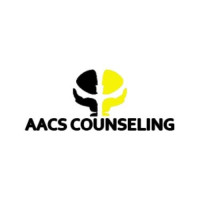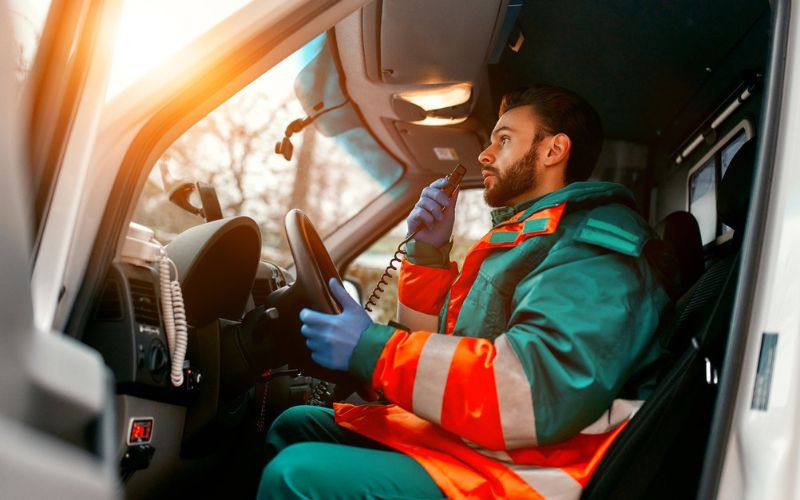Everything CDL Drivers Need to Know About the DOT SAP Process After a Drug Test Failure

If you're a CDL (Commercial Driver’s License) holder and have failed a DOT drug or alcohol test, you might be feeling overwhelmed, anxious, or even confused about what happens next. You're not alone and more importantly, your career isn’t over. One of the most critical steps on your path to returning to duty is going through the DOT SAP Evaluation process.
This comprehensive guide will walk you through everything CDL drivers need to know about the DOT SAP process, from what it is and why it matters to how you can successfully complete it and get back on the road.
What is the DOT SAP Evaluation?
The DOT SAP (Substance Abuse Professional) Evaluation is a mandatory process for commercial drivers who violate the Department of Transportation’s (DOT) drug and alcohol testing regulations. This includes failing a drug test, testing above the alcohol limit, or refusing to take a test.
The SAP evaluation is designed to assess whether the driver has a substance use issue and to recommend a treatment and/or education plan to help them recover and safely return to safety-sensitive duties.
It’s not just a formality it’s a federal requirement under 49 CFR Part 40, and no CDL driver can resume driving without successfully completing it.
What Triggers the SAP Evaluation Requirement?
You will be required to go through the SAP process if you are a CDL driver and any of the following happens:
- Fail a random, pre-employment, post-accident, or reasonable suspicion drug/alcohol test.
- Refuse to take a DOT-regulated drug or alcohol test.
- Test positive for prohibited substances (like marijuana, cocaine, opioids, amphetamines, etc.).
- Register a Blood Alcohol Concentration (BAC) of 0.04% or higher.
- Tamper with or attempt to falsify a drug test sample.
Once any of these violations occur, you will be immediately removed from safety-sensitive duties and placed in "prohibited status" on the FMCSA Drug and Alcohol Clearinghouse.
Who is a DOT-Qualified SAP?
A DOT-qualified SAP (Substance Abuse Professional) is a trained and certified expert approved by the DOT to conduct substance abuse evaluations.
The SAP can be:
- Licensed physicians
- Psychologists
- Social workers
- Employee Assistance Professionals (EAPs)
- Addiction counselors
These professionals must complete specific DOT-approved training and comply with federal regulations to maintain their qualification.
Not just any counselor or doctor can perform this evaluation—it must be a DOT-qualified SAP listed in the FMCSA Clearinghouse.
The DOT SAP Evaluation Process: Step-by-Step
Understanding each stage of the SAP process will make it less intimidating and more manageable. Here's what CDL drivers can expect:
1. Initial SAP Evaluation
Once you select a DOT-qualified SAP, your initial face-to-face (or virtual) evaluation will be scheduled. During this session, the SAP will:
- Review your drug/alcohol test results.
- Evaluate your substance use history.
- Ask questions about mental health, family history, and lifestyle.
- Assess your readiness for change and compliance.
The goal is to determine whether a substance use disorder exists and what type of treatment or education is necessary.
Tip: Be honest and transparent. The evaluation is meant to help, not judge.
2. Treatment and/or Education Recommendation
Based on your assessment, the SAP will recommend one or more of the following:
- Substance abuse treatment programs (inpatient or outpatient)
- Education programs on drug and alcohol awareness
- Counseling sessions (group or individual)
- 12-step meetings (e.g., AA or NA)
- Aftercare or follow-up sessions
The duration and intensity of your program depend on the severity of your violation and your cooperation during the evaluation.
3. Program Completion
You must successfully complete the SAP’s recommended program.
This includes attending all sessions, actively participating, and following through with any homework or follow-up requirements.
Failure to complete the program will keep you ineligible for re-employment in DOT-regulated positions.
4. Follow-Up SAP Evaluation
After you complete the required treatment or education, you will undergo a second face-to-face evaluation with the same SAP.
The SAP will assess:
- Your progress in the program
- Your commitment to sobriety
- Any ongoing treatment needs
- Your fitness to return to safety-sensitive duties
If the SAP is satisfied, they will issue a “Return-to-Duty Report” indicating you are eligible to take the DOT Return-to-Duty drug or alcohol test.
5. Return-to-Duty Test
After your SAP clears you, your employer will schedule a Return-to-Duty (RTD) test.
This is a directly observed test meaning someone will be present during sample collection to ensure authenticity.
You must test negative to resume working in a DOT-regulated position.
6. Follow-Up Testing Plan
Once you return to work, the SAP will provide your employer with a Follow-Up Testing Plan that includes:
- A minimum of 6 random tests over 12 months
- Additional tests if deemed necessary (up to 60 months)
- Direct observation for all follow-up tests
These tests are in addition to any regular DOT-required random testing. Non-compliance with follow-up tests can result in immediate removal from duty.
Does My Employer Have to Take Me Back?
No. The DOT mandates that you complete the SAP process to regain eligibility, but employers are not required to rehire you.
However, once you complete the process and test negative on the RTD test, you are eligible to apply for other CDL jobs. Many employers are willing to hire drivers who’ve completed SAP, especially if you've demonstrated genuine effort and compliance.
How Does the FMCSA Clearinghouse Fit In?
The FMCSA Clearinghouse is a secure, online database that stores real-time information on CDL drivers' drug and alcohol violations. It allows:
- Employers to check a driver’s status before hiring.
- Drivers to monitor their own records.
- SAPs to update driver progress.
- Here’s what you need to know:
- After a failed test, your status becomes “Prohibited”.
- Once your SAP reports your eligibility to take an RTD test, your status updates.
After passing your RTD test and completing follow-up requirements, you return to “Not Prohibited”.
How Long Does the SAP Process Take?
The duration depends on:
- The SAP’s assessment and recommended program
- Your availability and commitment
- Scheduling the RTD test
- Follow-up evaluation timelines
In general, the process can take anywhere from 2 weeks to several months.
What is the Cost of the DOT SAP Process?
Costs vary depending on the provider and treatment recommended. On average:
- Initial SAP evaluation: $300 – $500
- Treatment or education: $200 – $1,000+
- Follow-up evaluation: $150 – $300
- Return-to-Duty testing: $50 – $100 per test
Some employers or insurance may cover portions, but often the driver is responsible for the cost.
Tips to Succeed Through the SAP Process
- Act Quickly – Delays can impact your job prospects.
- Stay Organized – Keep track of appointments, documents, and timelines.
- Be Honest – SAPs are there to help, not punish.
- Follow Through – Complete every part of the plan to avoid re-doing the process.
- Stay Clean – One mistake can lead to longer disqualification or permanent bans.
Can I Change My SAP?
Once you’ve begun working with a SAP, you cannot switch unless:
- The SAP becomes unavailable.
- There’s a conflict of interest.
- Your employer agrees to the change.
Avoid “SAP shopping” for someone who might offer an easier path this is against DOT rules.
Your CDL Career Isn’t Over
Failing a DOT drug or alcohol test may feel like the end but it’s not. The DOT SAP Evaluation process is your pathway to redemption. By understanding the steps, complying with recommendations, and staying committed to change, you can restore your career and regain trust.
Thousands of drivers successfully complete the DOT SAP process each year. With the right mindset and professional guidance, you can too.
Note: IndiBlogHub features both user-submitted and editorial content. We do not verify third-party contributions. Read our Disclaimer and Privacy Policyfor details.







